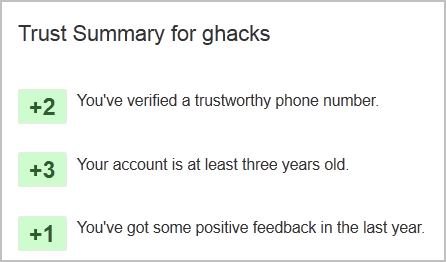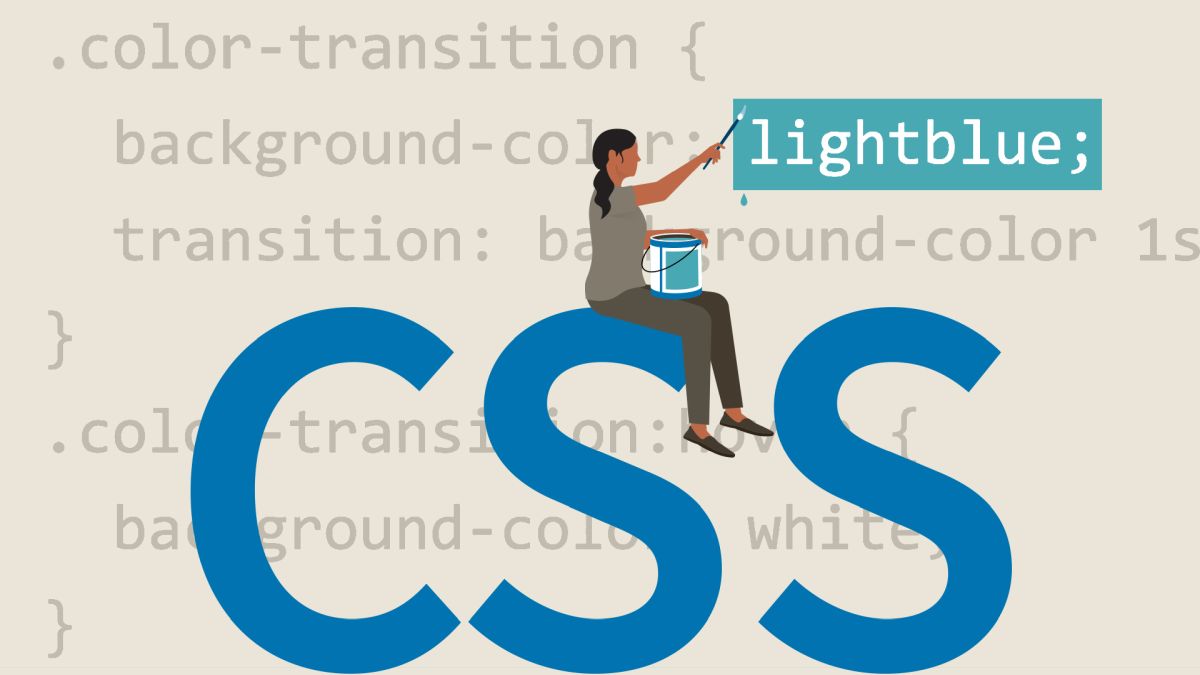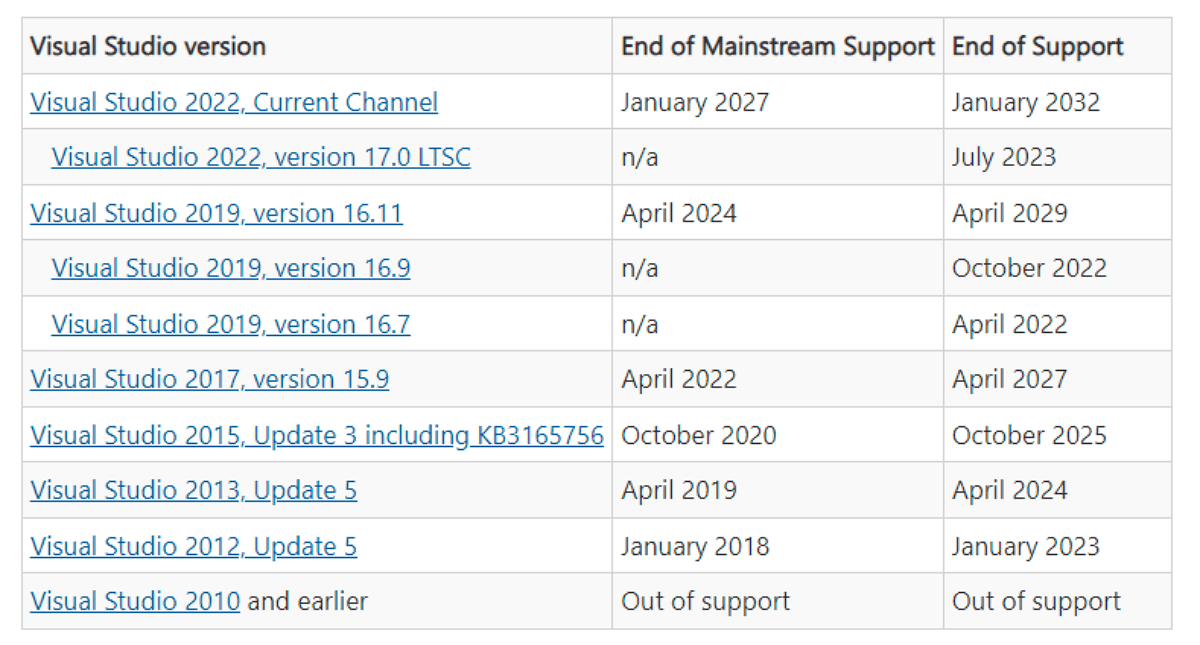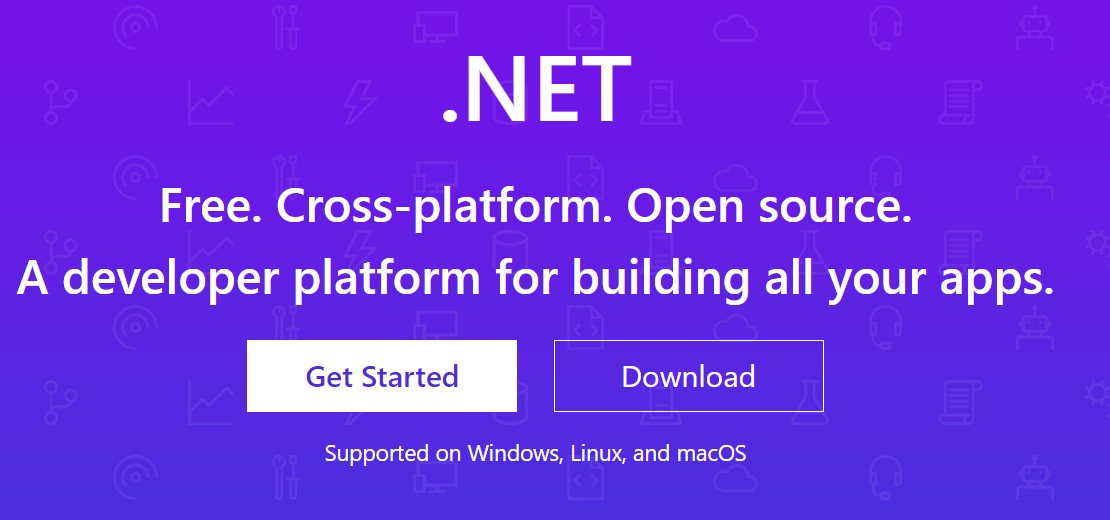8 Essential Tips For Web Investors

In Why Website Investments Are Better Than Stock Market Investments I have listed arguments for investing in websites, and not in stocks or other types of investment.
I do not want to paraphrase the whole article, just that much: With investments in websites it is usually a matter of 12 to 24 months to get a 100% return. Even better, if you pick the right site you may not spend more than a couple of minutes per week managing it. Are there other types of investment with such a high return? Yes, but they are usually a lot riskier, and the chance of losing everything is much higher. If all falls down, you still end up with the domain and keywords and the knowledge that the website can be a good earner.
The biggest issue that keeps people from investing in websites is knowledge. How do you determine the worth of a website? Do you only look at the money it earns per month? Or are there other factors that can play a role? Should you hire a broker or do all the evaluating and bidding yourself?
Here are eight tips that can make the difference between making a great investment and buying a site that is not worth a single cent.
1. Start Low
Yes, that $50,000 Dollar website looks tempting. It might be a good investment. But what you need at the very beginning is experience. Look at websites that are sold at a lower price range. So what's a good starting point? This depends largely on your budget. My suggestion would be to start with a website for less than $1,000 Dollars. You will get valuable experience out of this first deal. You make your first negotiation, understand how payments are made, how websites and domains are transferred to you and how to setup the website on your server or web hosting account.
Delays or downtimes, which may happen during the process, do not hurt you that much as well. Imagine a 24 hour downtime because of an error in the site's DNS configuration. Would you prefer that to be your 50,000 Dollar site, or your 1,000 Dollar site?
Verdict: Start with a low site or two before you dive head first in your first four, five or six K investment.
2. The Price
A website is worth as much as the buyer is willing to pay for it. It is difficult to determine the price, especially in the beginning. A good rule of thumb for PPC kind of sites (like Adsense) is to multiple the average monthly earnings of the last six months by the factor twelve. Make sure to adjust extreme values accordingly. Those are usually one-time peaks that should not be part of the calculation.
Adjust the price if you have analyzed the website in question and came to the conclusion that you can make changes to it to earn more than that average. This can be the case if the site uses bad ad placements for instance or if ads are missing on some of the site's pages.
Verdict: Pay up to twelve times the average earnings of the last six months. Adjust that by the website's optimization potential.
3. The Traffic
Some webmasters might say that there is no bad traffic. I'd have to disagree with that when it comes to buying websites. There are basically four types of traffic:
- Direct Traffic, that is visitors who enter the site url directly or open the site from their bookmarks.
- Search Engine Traffic, traffic from organic search engine rankings
- Referrals, traffic from third party sites that link to the site in question
- Paid traffic, traffic that has been paid for.
In my experience, it is best if the majority of traffic comes from organic search engine rankings, unless otherwise noted in the sales letter. Some websites use paid traffic to generate revenue. Why are referrals and direct traffic worse from a buyers point of view? Because they can be easily manipulated. Think of a webmaster who owns a high traffic website and the site that you want to buy. The webmaster might have added a link on his high traffic site to the other site to increase the site's traffic. Chance is, that link will not be there anymore once the site has been sold, unless part of the agreement.
Another aspect to look after are the keywords that the site ranks for. A site that sells TVs via Amazon's affiliate system will earn less per visitor if the main keywords are not TV related.
Verdict: Go for sites with organic traffic of 60%+, the more the better.
4. The Payment
When in doubt use Escrow or a comparable service. It is always alarming if a seller does not offer Escrow, especially if you are prepared to pay all of the fees (try negotiating to split the fees). What's Escrow? It is basically a service that acts as a middle-men for both parties. You send the money to Escrow who park it until you have received the services or goods that you ordered from the other party, in this case the domain name, website and all other assets that are part of the agreement.
Verdict: Use Escrow to make sure you get the website and data after making the payment.
5. The Revenue
As with traffic, there are good and bad revenue streams in terms of verification. Good revenue streams are not easily faked, like Adsense or Affiliate earnings. Bad revenue streams are private ad sales or one-time deals. Would you buy a website for $1,000 Dollars because the seller claimed to have received $100 per month for the last twelve months for placing a link on the website?
Another aspect that gets often overlooked is the availability of the services used. Amazon for instance blocks people from several US states from becoming an affiliate. It would be pretty bad if the website you bought made use of Amazon affiliate links.
Unless you already have an account, you should check the requirements for opening an account prior to bidding for a website.
Verdict: PPC or affiliate based offers are the most reliable revenue types. Do not bid for sites with shady or unprovable revenue streams.
6. Verification
The first thing that web investors need to do when they spot a potential investment is to verify the claims of the seller. How is that done? Start with a simple whois to see the website owner and administrative contacts. It is a good sign if they match the seller's profile. Some website selling business sites like Flippa run their own verification system to verify a seller's phone number and other data including Google Analytics data.
You can also look up the seller on the Internet, or use a reverse IP lookup script like ewhois to find out more about the seller's other businesses.
Two key areas are left for you to verify: Revenue and Traffic. Traffic can be easily verified if Google Analytics is used. Ask the seller to add you to the account to get a first hand look at the site's traffic. For revenue, it is not nearly as easy. Screenshots are fine but they are easily faked. Ask for video proof or a screencast session to see the earnings in realtime.
Verdict: Verification is very important and one of the first steps in validating a seller's claims.
7. Niches
The best website niche is one that you have expertise in. While it is nice to sell high tech TVs on an affiliate website, it may be better to operate a site that you are familiar with. Why? Because you may get comments or questions by potential buyers. Should I get an LCD or Plasma TV, or a 3D TV? You may end up losing credibility if you cannot communicate with your buyers. Even worse, they may buy somewhere else and leave comments about your mediocre service on the Internet.
It is not really a necessity to buy a website in a niche that you are proficient in, but it can help you in the long run. Being proficient is also interesting when you add new content to the site you have just bought. New TVs coming out? Pick the best and add them to your store or site.
Verdict: Pick a niche that you are proficient in if possible.
8. Time
Would you rather buy a website for $900 that earns you $80 per month but requires you to spend one hour working per day, or a site for $500 that earns you $40 that runs on its own. The first site may look like the better deal, as it earns more per Dollar that you invest. But it also takes away 7 hours per week or 28 hours per month. And that makes it a very bad deal. First, your time is limited. If you only buy websites that require your attention, you will end up with a handful at most.
So called passive websites require almost no attention. It usually pays to monitor the earnings and traffic, and to publish new content a few times a month, but that's done in less than an hour per week. That leaves ample room for many more websites.
Verdict: The less time it takes to maintain a website the better, unless you can outsource.
Anything that I left out that needs to be mentioned? Let me know in the comments.


















Remember kids if offer sounds too good to be true it’s probably a scam. While i’m not saying that Martin is trying to scam you with these few articles, but If you’re knowledgeable about some subject or have expertise in some niche product you’re better off just starting a website from scratch instead of “investing” money and having pretty much the same thing. You do not need to invest into software – there are hundreds of free CMS (content management soft) or blog software that would get you started. You don’t even need domain, template design or paid hosting – plenty of free ones around starting with google sites. Heck you could have your own site on google sites (sites.google.com) in a few hours.
What martin isn’t telling you is that he has 10+ years of webmaster experience. So for him website maintenance, databases, php, ajax, SEO, optimization is second nature and he probably doesn’t even count as time consuming, but for newbie it will be totally different story. It’s like article about experienced mechanic saying you could save money or even make money by fixing cars. Not so easy. So start small – start your own site.
Background in tech helps, as I have pointed out. I also suggested to start with a smaller site to get going. Why is investing – sometimes – better than creating? First, for creating, you need even more skills than for investing. Then, if you invest in passive sites, you do not need to spend time writing and optimizing your site. You can do that if you have the time and skills, or outsource but you do not have to. And with established sites, you get a revenue per month that you can spend on further content or optimizations.
Then, it might take three, six, twelve or even more months before you get a considerable amount of visitors that make the site profitable. And more often than not, you will give up after a few months when you see that your site only receives a few visitors per day. I have been there and the majority of tips and tricks offered by the “make money” community are only benefiting the creators.
Another thing: I’m really not sure why some commenters think that I try to scam my readers. I mean, I’m not selling anything here on my site. I could understand the stance if I would sell an affiliate product for successful website acquisitions, but I’m not. This is just my experience that I have made in the web investing business.
And jesus, your example is a weak comparison at best. As I said before, you do not necessarily need expertise to setup and maintain a passive website, whereas you do need a deeper understanding of cars to sell your service. Many sellers offer to transfer the site to your web hosting account as a service free of charge. Oh, and I do consider those tasks time consuming, but I barely have to spend time on the passive sites that I buy, maybe an hour per week max to add new contents (WordPress mostly which everyone should be able to do as it is almost like writing in Office). You do not need a deeper understanding of databases, Ajax or PHP, at least not for the sites I buy. SEO would be nice though as you could run the optimizations by yourself if you have the time.
Thank you for the great info
For escrow payment integration with your website, you can’t do better than Transpact.com.